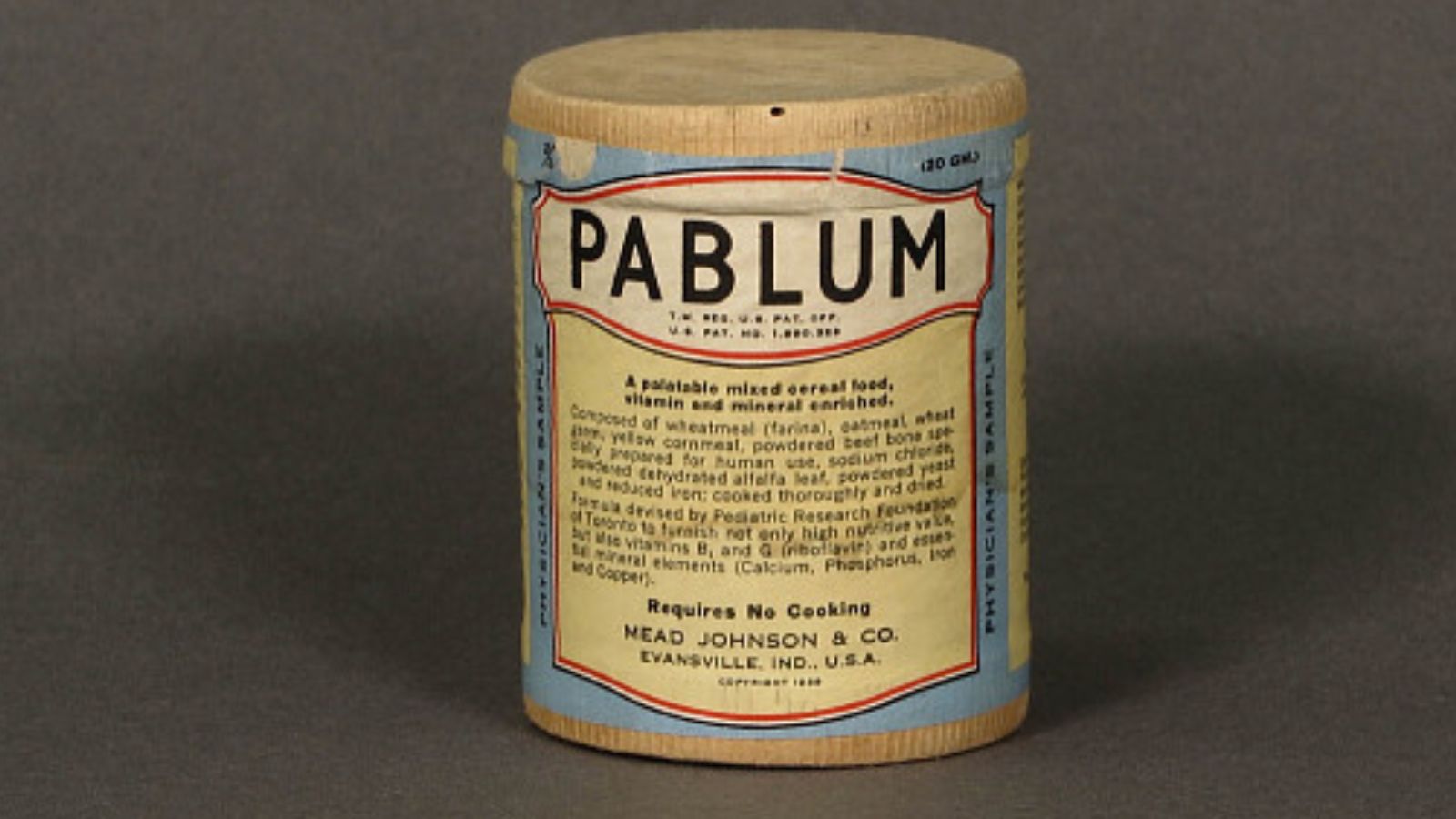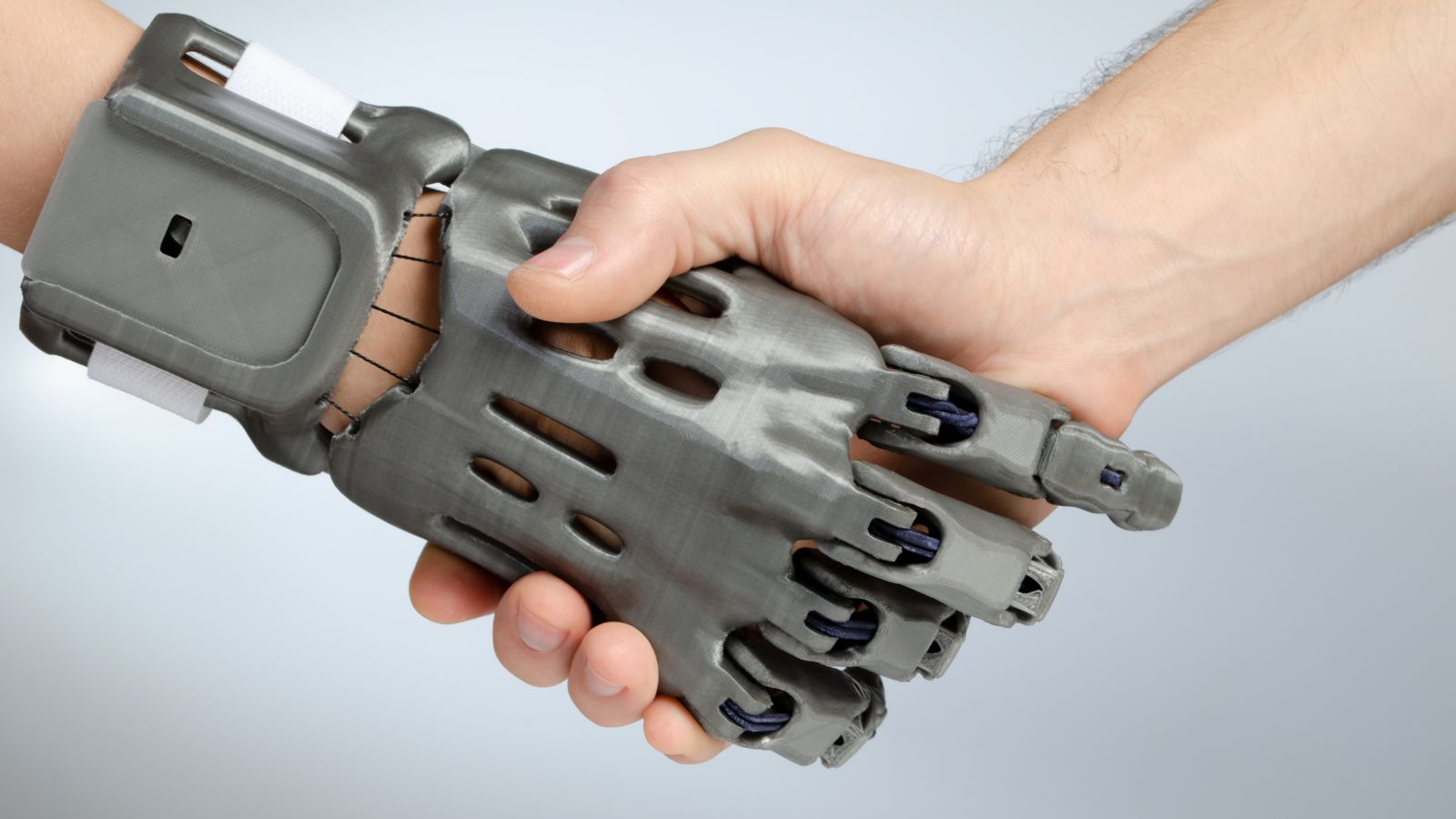Canada doesn’t always brag, but our quiet innovation has changed the world time and again. From lifesaving medicine to world-changing machines, Canadians have consistently proven that brilliance doesn’t need volume—it needs vision. Our size has never limited our impact. Whether in frozen garages, rural workshops, or small university labs, Canadians keep creating ideas that leave even the biggest nations scrambling to catch up. Here are 23 times Canadian ingenuity left bigger countries in the dust.
The Canadarm — Reaching for the Stars (1981)

In 1981, NASA launched the Space Shuttle Columbia carrying a Canadian-built marvel: the Canadarm. Developed by Spar Aerospace and the National Research Council, it transformed space exploration. The robotic arm could deploy satellites, repair stations, and capture payloads with remarkable precision. It became essential for nearly every shuttle mission afterward. Canada’s name now orbits the Earth, etched into every NASA achievement. Bigger nations led space races, but Canada built the tools that made them possible. The Canadarm and its successors, Canadarm2 and Canadarm3, symbolize our quiet command of technology. Even in space, Canada lends a steady hand.
Insulin — A Gift that Saved Millions (1921)

In 1921, at the University of Toronto, Dr. Frederick Banting and Charles Best discovered insulin. Before this moment, diabetes was a death sentence. Within months, their discovery saved lives across the world. They refused to profit, selling the patent for one dollar so humanity could benefit. That act defined Canadian compassion as much as it defined medical innovation. Insulin didn’t just change medicine—it redefined ethics. Over a century later, millions live because of Banting’s small lab and his big heart. While larger countries debated ownership, Canada simply shared a cure. That’s ingenuity with a conscience.
The Snowmobile — Canada’s Winter Revolution (1937)

In 1937, Quebec inventor Armand Bombardier dreamed of moving through deep snow with ease. His prototype—a belt-driven machine on skis—became the world’s first snowmobile. The invention transformed winter transportation in Canada’s rural and northern communities. From mail delivery to rescue missions, Bombardier’s design became indispensable. By the 1950s, his Ski-Doo brand defined the snowmobile industry worldwide. Bigger manufacturers followed, but the heart of snow travel remains Canadian. Bombardier’s invention turned our harshest season into an opportunity for innovation.
Pablum — Feeding Generations (1930)

In the 1930s, Toronto doctors Frederick Tisdall, Theodore Drake, and Alan Brown developed Pablum, a vitamin-rich baby cereal. At the time, childhood malnutrition was a global crisis. Their innovation helped millions of infants survive and thrive. The researchers chose not to profit, directing proceeds to SickKids Hospital for child research. Pablum’s success reached far beyond Canada’s borders, improving health outcomes worldwide. It proved that real innovation often comes from empathy, not ambition. Canada didn’t just invent food—we invented nourishment that fuelled a generation. Bigger countries marketed baby formulas; Canada created life’s simplest, smartest meal.
The Pager — The Beep that Connected the World (1972)

In 1972, Canadian engineer Al Gross introduced the wireless pager—a pocket-sized device that revolutionized communication. Long before smartphones, it connected doctors, emergency crews, and business leaders instantly. Hospitals around the world relied on it, and industries adapted to the new speed. The pager made modern connectivity possible. Bigger tech nations adopted it later, but its roots were Canadian. Gross’s innovation bridged distances and changed the rhythm of work forever. It showed how one small idea could echo globally. For decades, that little beep carried Canada’s voice into every urgent moment.
The Wonderbra — Lifted by Canadian Design (1964)

In 1964, Montreal designer Louise Poirier re-engineered the classic brassiere into the modern Wonderbra. Combining comfort with structure, it became a global icon of fashion and empowerment. The design required precision engineering—perfect seams, strategic stitching, and mathematical shaping. While the world credited Paris for glamour, Montreal quietly revolutionized design. The Wonderbra redefined both industry and identity, merging innovation with confidence. It was proof that Canadian creativity can be practical, powerful, and world-changing—all at once.
The Paint Roller — Simplicity That Stuck (1940)

In 1940, Toronto painter Norman Breakey grew frustrated with slow brushes and uneven coats. He invented the paint roller—a simple but brilliant solution. It spread paint evenly, reduced waste, and saved time. Unfortunately, Breakey couldn’t mass-produce or patent it widely, and others capitalized on the idea. Yet history remembers his contribution. The paint roller became a global essential, found in every home improvement kit. It’s a timeless example of Canada’s knack for solving everyday problems through simple ingenuity. We don’t always get the credit—but we always change the game.
IMAX — Canada’s Giant Leap in Film (1967)

In 1967, Canadians Graeme Ferguson, Roman Kroitor, and Robert Kerr wanted to make movies bigger and bolder. Their invention, IMAX, debuted at Expo ’70 in Osaka, mesmerizing audiences with unmatched clarity and scale. Hollywood soon followed, using IMAX for its most immersive blockbusters. The technology even travelled to space, filming Earth from orbit. While American studios produced the content, Canadian engineers redefined how the world watches. IMAX proved that storytelling could be an engineering feat. Every time moviegoers gasp at a massive screen, they’re witnessing Canadian vision—scaled to the stars.
The BlackBerry — Smart Before Smartphones (1999)

In 1999, Waterloo-based company Research In Motion launched the BlackBerry 850, changing how the world worked. It made mobile email mainstream and secured communications for governments and CEOs. The BlackBerry became a status symbol for productivity and innovation. For a decade, it dominated global markets, earning Canada recognition as a tech leader. While other countries built bigger brands, ours built the foundation. The BlackBerry’s influence still echoes in every smartphone today.
The Walkie-Talkie — Communication on the Go (1937)

In 1937, Canadian inventor Donald Hings created the “packset,” the world’s first portable two-way radio. Initially built for mining crews, it became essential for World War II soldiers. The device saved lives, coordinated missions, and revolutionized field communication. Later, it became a vital tool for police, rescue teams, and construction workers. The walkie-talkie showed that big ideas don’t need big nations—just brave inventors. Hings’ innovation remains one of Canada’s most practical contributions to global safety.
Instant Replay — Born from Hockey (1955)

In 1955, CBC engineer George Retzlaff introduced instant replay during a hockey broadcast. The innovation let fans relive goals seconds after they happened. It changed sports broadcasting forever. Today, every major sport relies on it for fairness and excitement. What started as a Canadian experiment became a global standard. Instant replay proved Canada doesn’t just play hockey—we redefine it. Bigger networks might have commercialized it later, but the idea began on our rinks and in our studios.
The Electron Microscope — Seeing the Invisible (1938)

In 1938, University of Toronto scientists Eli Franklin Burton and Cecil Hall developed North America’s first practical electron microscope. It allowed scientists to see viruses, atoms, and microscopic details never visible before. This discovery transformed medicine, physics, and materials science. Larger nations soon built on the concept, but the prototype was proudly Canadian. The microscope unlocked hidden worlds and laid the groundwork for modern nanotechnology. Canada’s curiosity, not size, defined its brilliance.
The Pacemaker — Restarting Hearts, Redefining Medicine (1950)

In 1950, Canadian electrical engineer John Hopps built the first external pacemaker after studying how body temperature affected heart rhythms. His prototype used vacuum tubes and electrodes to restore normal heartbeat, saving countless lives. Later refinements made the device portable and implantable. Hopps’ research, done in Ottawa, sparked an entire medical revolution in cardiac care. Larger countries funded hospitals; Canada quietly gave the world a heartbeat. The pacemaker remains one of the most important medical innovations in human history.
The Electric Wheelchair — Independence in Motion (1952)

In 1952, Toronto’s George Klein transformed mobility by creating the first electric-powered wheelchair. Designed for injured World War II veterans, it restored freedom to thousands. His invention combined empathy and engineering, giving dignity to people once confined by physical limitations. The design became the foundation for all modern powered wheelchairs. Nations with larger defence budgets overlooked human rehabilitation, but Canada prioritized it. Klein’s wheelchair didn’t just move people—it moved humanity forward.
The Telephone — The Call that Started It All (1876)

In 1876, Alexander Graham Bell, working between Brantford and Boston, made history with the world’s first telephone. Though he later moved to the U.S., Bell credited Canada’s tranquillity and resources for inspiring invention. His “liquid transmitter” carried sound through wire—an impossible dream at the time. That call changed communication forever. Canada’s environment nurtured Bell’s creativity long before Silicon Valley existed. Bigger countries scaled the industry, but the spark was struck on Canadian soil.
The Java Programming Language — Digital Maple Code (1990s)

Few realize one of Java’s key architects, James Gosling, hails from Calgary. While working for Sun Microsystems in the 1990s, his programming language reshaped global computing. Java became the backbone of billions of devices—from smartphones to space systems. Gosling credited his Canadian upbringing for his curiosity and humility in design. The world’s biggest tech corporations built empires using his code, yet its roots remain unmistakably Canadian. Our quiet innovation became the world’s loudest software language.
The Robertson Screwdriver — A Twist of Genius (1908)

In 1908, Ontario inventor Peter L. Robertson grew tired of slipping screwdrivers. His solution: a square-headed screw that fit perfectly, reducing stripping and improving torque. Factories loved it. Workers saved hours, and accidents dropped sharply. American manufacturers wanted exclusive rights, but Robertson refused, keeping production Canadian. Though the Phillips head later dominated the U.S., professionals worldwide still prefer Robertson screws for reliability. It’s a small invention that built big things. From furniture to airplanes, his design remains a masterclass in precision and pride.
The Zipper — Fastening the Future (1913)

In 1913, Swedish-Canadian engineer Gideon Sundback perfected the modern zipper while working for a U.S. company. His improved design used interlocking metal teeth and a smooth slider, replacing unreliable hooks. It became indispensable for clothing, luggage, and uniforms worldwide. The zipper changed manufacturing forever, yet its creator remained modestly Canadian at heart. Sundback’s meticulous attention to function over fame reflected our national trait—subtle innovation with massive impact. Every zip we pull today owes its reliability to one man’s Canadian ingenuity.
The Electronically Controlled Prosthetic Hand — Humanity Rewired (1960s)

In the 1960s, George Klein (yes, the same engineer who created the electric wheelchair) designed the first myoelectric prosthetic hand in Ottawa. It used muscle signals to control movement, allowing amputees near-natural dexterity. His work merged technology and empathy perfectly. Canada’s rehabilitation research again led the world. Larger nations later commercialized the concept, but the blueprint was ours. Klein’s prosthetic became a global standard, improving the quality of life for thousands. His innovation gave people more than function—it gave them confidence, independence, and hope.
The Egg Carton — Fragile Problem, Simple Fix (1911)

In 1911, British Columbia newspaperman Joseph Coyle watched a dispute over broken eggs between a farmer and a hotel owner. He designed a lightweight, foldable paper tray that kept eggs safe during transport. The egg carton was born. His design quickly spread, revolutionizing agriculture and packaging worldwide. Larger industrial powers later mass-produced it, but Coyle’s original blueprint still holds today. Canada didn’t just protect breakfast—it protected an industry. Simple, sustainable, and still effective, the egg carton is an everyday genius that started in a small Yukon workshop.
The Snowblower — Beating Winter, the Canadian Way (1925)

In 1925, Montreal inventor Arthur Sicard built the first practical snowblower. He wanted to help farmers clear paths to deliver milk after heavy snowfalls. His machine used rotating blades to hurl snow aside efficiently. Cities quickly adopted it, turning a seasonal struggle into routine maintenance. The snowblower became essential across North America. Bigger countries built bigger machines—but the idea came from a Canadian winter necessity. Sicard didn’t just clear driveways; he cleared the way for progress.
The Garbage Bag — Clean, Simple Innovation (1950)

In 1950, Winnipeg inventors Harry Wasylyk and Larry Hansen created the modern garbage bag from flexible polyethylene. They designed it for hospitals to improve sanitation and safety. The idea spread rapidly, reducing disease and waste-handling injuries worldwide. Major corporations later commercialized it, but the original concept came from Manitoba’s need for practical cleanliness. Canada’s small-scale ingenuity literally cleaned up the world. The garbage bag is proof that innovation doesn’t need glamour—it just needs good purpose.
The Avro Arrow — Flying Ahead of Its Time (1958)

In 1958, Canada unveiled the Avro Arrow, a supersonic jet decades ahead of global competition. Built in Ontario, it featured unmatched speed, altitude, and precision. Despite political cancellation in 1959, its technology influenced future aircraft designs worldwide. Engineers from the project later helped NASA reach the moon. The Arrow became a symbol of national brilliance halted too soon. Bigger nations built larger fleets, but Canada built a legend. Its story still defines our belief in innovation, ambition, and the courage to dream big—even when grounded.
21 Products Canadians Should Stockpile Before Tariffs Hit

If trade tensions escalate between Canada and the U.S., everyday essentials can suddenly disappear or skyrocket in price. Products like pantry basics and tech must-haves that depend on are deeply tied to cross-border supply chains and are likely to face various kinds of disruptions
21 Products Canadians Should Stockpile Before Tariffs Hit
